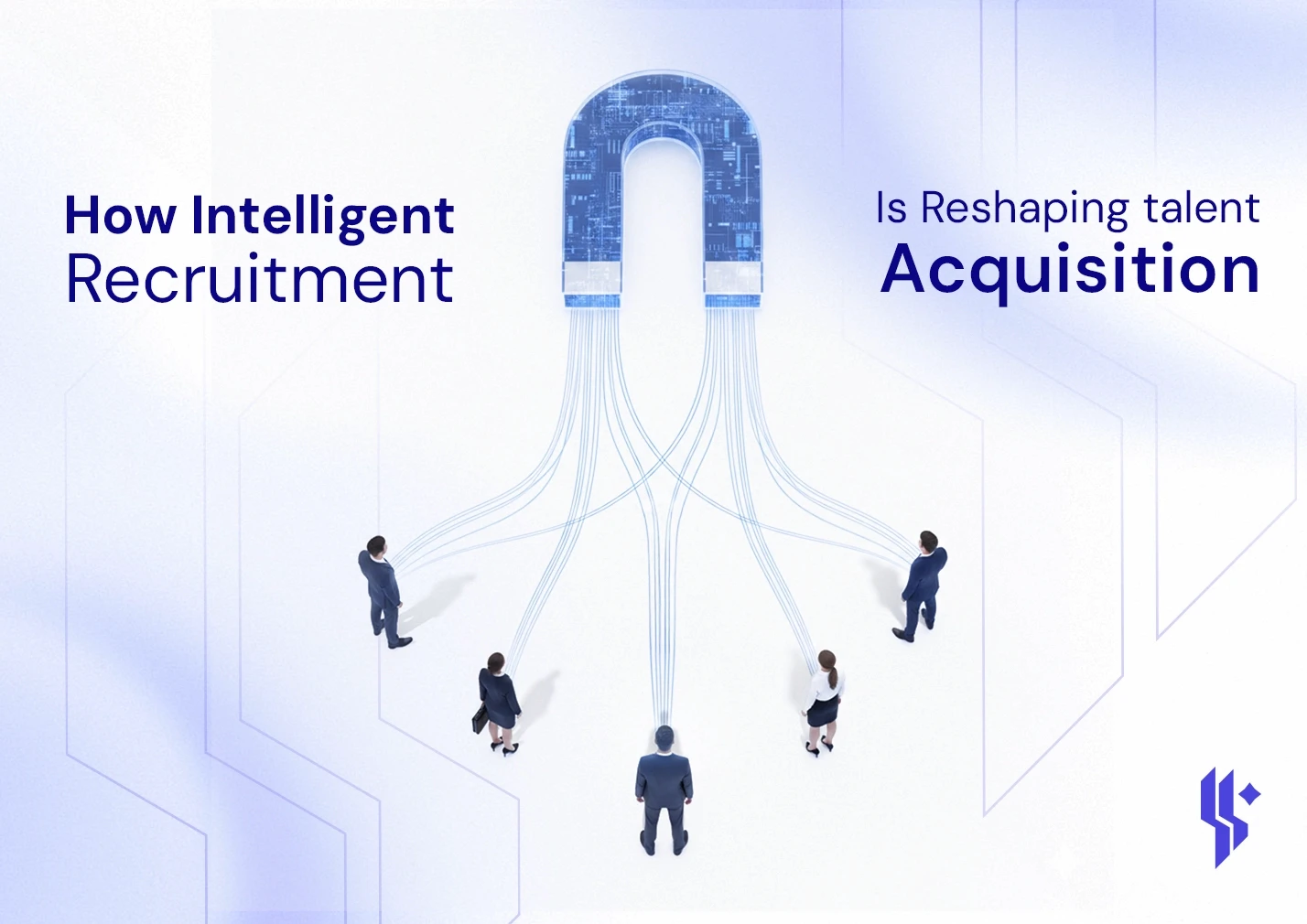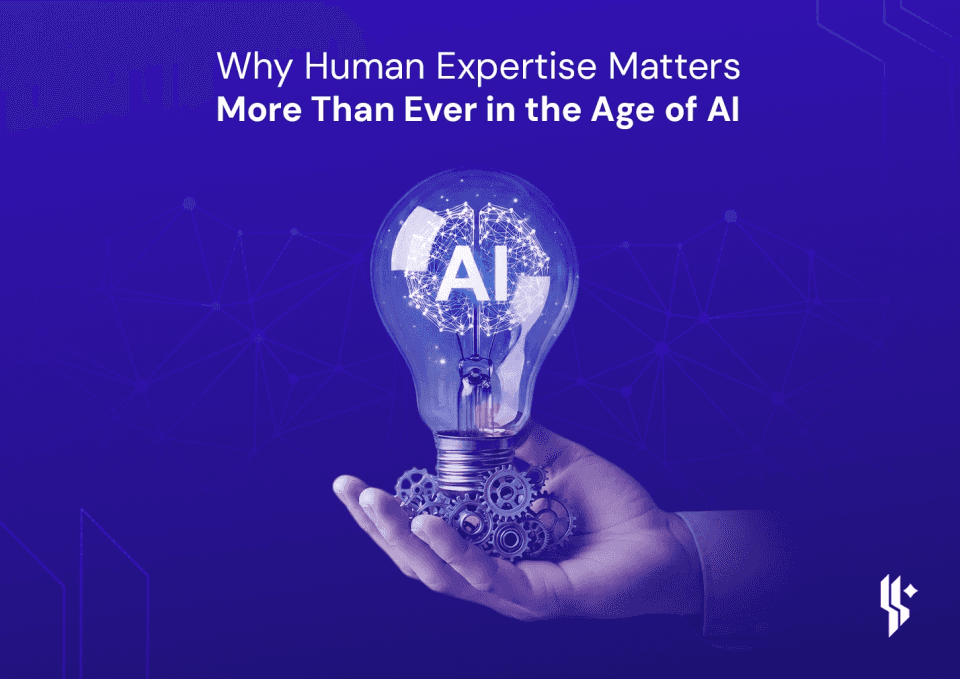Wynt Blog
Find an Article
Wynt Blog
Find an Article
Wynt Blog

Aug 14, 2025
Atlassian’s Controversial Cuts: 150 Jobs, AI Claims, and the Ethics of a Pre-Recorded Layoff
Atlassian’s sudden decision to cut roughly 150 roles (primarily in customer support) has ignited a global debate about automation, corporate messaging, and how tech companies manage workforce transitions. The cuts were communicated in a pre-recorded video from CEO Mike Cannon-Brookes and followed coverage and commentary from Atlassian’s leadership about the economic promise of AI. The episode illustrates the tension between business efficiency, public optics and employee dignity.
⸻
What happened , the timeline in brief
• On the morning of the announcement, impacted staff learned of the restructure through a pre-recorded message from Mike Cannon-Brookes; confirmation emails followed minutes later and some employees experienced immediate account lockouts. Atlassian said affected staff would receive severance.
• he cuts mainly affected customer support teams across multiple countries. Press coverage linked the move to Atlassian’s push to embed more self-service and automation in its cloud products.
⸻
Company messages ,AI, self-service, and mixed signals
Atlassian framed the decision as part of a shift driven by improved customer self-service and product changes, not as a simple replacement-with-bots narrative. The company denied that AI alone was the reason for the cuts, saying lower support demand and product evolution were factors. At the same time, executives publicly championed AI’s role in boosting productivity, messages that many observers found contradictory in timing and tone.
Co-founder Scott Farquhar used a high-profile platform (his National Press Club address) the same day to highlight AI’s potential for the Australian economy and to call for national strategies to capture AI benefits. That speech ,optimistic about industry transformation, landed poorly with some employees given the simultaneous local job cuts.
⸻
The human fallout and backlash
The method of delivery, an obviously impersonal, pre-recorded video, provoked public backlash and internal anger. Critics called out the optics: leadership celebrating AI’s promise in public while sending a recorded message to inform people they had lost their jobs. Social and trade media amplified stories about sudden lockouts and the contrast with executives’ high compensation and lifestyle choices, which intensified public scrutiny.
⸻
Wider context , industry trend and precedent
Atlassian’s move is not isolated. Many tech firms are balancing AI investments with headcount reductions or reorganizations, sometimes citing automation and efficiency gains. Yet previous cases (where firms replaced human support with automated systems) have shown mixed results: in certain instances companies later rehired staff after service quality fell short of expectations. The episode renews questions about whether cost-driven automation always delivers net value when customer experience and brand trust are at stake.
⸻
Key ethical and practical questions for employers
• Timing and transparency: Should leadership avoid high-profile AI advocacy while executing job cuts tied to automation on the same day? The optics of public AI boosterism vs internal layoffs matter.
• Communication method: What is the humane standard for announcing redundancies? Pre-recorded videos and mass lockouts may be legal, but they risk harming employer reputation and employee wellbeing.
• Reskilling commitments: Are companies making credible investments in retraining and redeployment, or simply cutting costs and shifting risk onto workers? Evidence of substantial, funded reskilling programs is often sparse.
• Customer experience tradeoffs: Replacing human support with AI should be measured against long-term customer satisfaction metrics; cost-only decisions can create hidden costs later.
⸻
Practical takeaways for leaders and HR teams
• Plan communications carefully: combine empathy, clarity, and face-to-face options rather than relying solely on recorded messages.
• Publish a credible reskilling roadmap: pair workforce reductions with transparent retraining budgets and timelines.
• Measure customer impact: pilot automation, gather quality metrics, and avoid wholesale replacement before validating outcomes.
• Align public messaging with internal action: avoid high-profile industry advocacy that contradicts internal treatment of staff.
⸻
Conclusion
Atlassian’s recent cuts are a microcosm of a larger dilemma facing tech companies: how to adopt AI responsibly without sacrificing employee dignity or customer trust. The incident shows that automation decisions are not just technical or financial ,they’re moral and reputational. For companies navigating AI adoption, the lesson is clear: efficiency without humanity is a shortsighted trade.
Have More Questions?
Reach out Through
Latest Articles
Stay Updated with Our Latest Insights

Aug 14, 2025
Atlassian’s Controversial Cuts: 150 Jobs, AI Claims, and the Ethics of a Pre-Recorded Layoff
Atlassian’s sudden decision to cut roughly 150 roles (primarily in customer support) has ignited a global debate about automation, corporate messaging, and how tech companies manage workforce transitions. The cuts were communicated in a pre-recorded video from CEO Mike Cannon-Brookes and followed coverage and commentary from Atlassian’s leadership about the economic promise of AI. The episode illustrates the tension between business efficiency, public optics and employee dignity.
⸻
What happened , the timeline in brief
• On the morning of the announcement, impacted staff learned of the restructure through a pre-recorded message from Mike Cannon-Brookes; confirmation emails followed minutes later and some employees experienced immediate account lockouts. Atlassian said affected staff would receive severance.
• he cuts mainly affected customer support teams across multiple countries. Press coverage linked the move to Atlassian’s push to embed more self-service and automation in its cloud products.
⸻
Company messages ,AI, self-service, and mixed signals
Atlassian framed the decision as part of a shift driven by improved customer self-service and product changes, not as a simple replacement-with-bots narrative. The company denied that AI alone was the reason for the cuts, saying lower support demand and product evolution were factors. At the same time, executives publicly championed AI’s role in boosting productivity, messages that many observers found contradictory in timing and tone.
Co-founder Scott Farquhar used a high-profile platform (his National Press Club address) the same day to highlight AI’s potential for the Australian economy and to call for national strategies to capture AI benefits. That speech ,optimistic about industry transformation, landed poorly with some employees given the simultaneous local job cuts.
⸻
The human fallout and backlash
The method of delivery, an obviously impersonal, pre-recorded video, provoked public backlash and internal anger. Critics called out the optics: leadership celebrating AI’s promise in public while sending a recorded message to inform people they had lost their jobs. Social and trade media amplified stories about sudden lockouts and the contrast with executives’ high compensation and lifestyle choices, which intensified public scrutiny.
⸻
Wider context , industry trend and precedent
Atlassian’s move is not isolated. Many tech firms are balancing AI investments with headcount reductions or reorganizations, sometimes citing automation and efficiency gains. Yet previous cases (where firms replaced human support with automated systems) have shown mixed results: in certain instances companies later rehired staff after service quality fell short of expectations. The episode renews questions about whether cost-driven automation always delivers net value when customer experience and brand trust are at stake.
⸻
Key ethical and practical questions for employers
• Timing and transparency: Should leadership avoid high-profile AI advocacy while executing job cuts tied to automation on the same day? The optics of public AI boosterism vs internal layoffs matter.
• Communication method: What is the humane standard for announcing redundancies? Pre-recorded videos and mass lockouts may be legal, but they risk harming employer reputation and employee wellbeing.
• Reskilling commitments: Are companies making credible investments in retraining and redeployment, or simply cutting costs and shifting risk onto workers? Evidence of substantial, funded reskilling programs is often sparse.
• Customer experience tradeoffs: Replacing human support with AI should be measured against long-term customer satisfaction metrics; cost-only decisions can create hidden costs later.
⸻
Practical takeaways for leaders and HR teams
• Plan communications carefully: combine empathy, clarity, and face-to-face options rather than relying solely on recorded messages.
• Publish a credible reskilling roadmap: pair workforce reductions with transparent retraining budgets and timelines.
• Measure customer impact: pilot automation, gather quality metrics, and avoid wholesale replacement before validating outcomes.
• Align public messaging with internal action: avoid high-profile industry advocacy that contradicts internal treatment of staff.
⸻
Conclusion
Atlassian’s recent cuts are a microcosm of a larger dilemma facing tech companies: how to adopt AI responsibly without sacrificing employee dignity or customer trust. The incident shows that automation decisions are not just technical or financial ,they’re moral and reputational. For companies navigating AI adoption, the lesson is clear: efficiency without humanity is a shortsighted trade.
Have More Questions?
Reach out Through

Aug 14, 2025
Atlassian’s Controversial Cuts: 150 Jobs, AI Claims, and the Ethics of a Pre-Recorded Layoff
Atlassian’s sudden decision to cut roughly 150 roles (primarily in customer support) has ignited a global debate about automation, corporate messaging, and how tech companies manage workforce transitions. The cuts were communicated in a pre-recorded video from CEO Mike Cannon-Brookes and followed coverage and commentary from Atlassian’s leadership about the economic promise of AI. The episode illustrates the tension between business efficiency, public optics and employee dignity.
⸻
What happened , the timeline in brief
• On the morning of the announcement, impacted staff learned of the restructure through a pre-recorded message from Mike Cannon-Brookes; confirmation emails followed minutes later and some employees experienced immediate account lockouts. Atlassian said affected staff would receive severance.
• he cuts mainly affected customer support teams across multiple countries. Press coverage linked the move to Atlassian’s push to embed more self-service and automation in its cloud products.
⸻
Company messages ,AI, self-service, and mixed signals
Atlassian framed the decision as part of a shift driven by improved customer self-service and product changes, not as a simple replacement-with-bots narrative. The company denied that AI alone was the reason for the cuts, saying lower support demand and product evolution were factors. At the same time, executives publicly championed AI’s role in boosting productivity, messages that many observers found contradictory in timing and tone.
Co-founder Scott Farquhar used a high-profile platform (his National Press Club address) the same day to highlight AI’s potential for the Australian economy and to call for national strategies to capture AI benefits. That speech ,optimistic about industry transformation, landed poorly with some employees given the simultaneous local job cuts.
⸻
The human fallout and backlash
The method of delivery, an obviously impersonal, pre-recorded video, provoked public backlash and internal anger. Critics called out the optics: leadership celebrating AI’s promise in public while sending a recorded message to inform people they had lost their jobs. Social and trade media amplified stories about sudden lockouts and the contrast with executives’ high compensation and lifestyle choices, which intensified public scrutiny.
⸻
Wider context , industry trend and precedent
Atlassian’s move is not isolated. Many tech firms are balancing AI investments with headcount reductions or reorganizations, sometimes citing automation and efficiency gains. Yet previous cases (where firms replaced human support with automated systems) have shown mixed results: in certain instances companies later rehired staff after service quality fell short of expectations. The episode renews questions about whether cost-driven automation always delivers net value when customer experience and brand trust are at stake.
⸻
Key ethical and practical questions for employers
• Timing and transparency: Should leadership avoid high-profile AI advocacy while executing job cuts tied to automation on the same day? The optics of public AI boosterism vs internal layoffs matter.
• Communication method: What is the humane standard for announcing redundancies? Pre-recorded videos and mass lockouts may be legal, but they risk harming employer reputation and employee wellbeing.
• Reskilling commitments: Are companies making credible investments in retraining and redeployment, or simply cutting costs and shifting risk onto workers? Evidence of substantial, funded reskilling programs is often sparse.
• Customer experience tradeoffs: Replacing human support with AI should be measured against long-term customer satisfaction metrics; cost-only decisions can create hidden costs later.
⸻
Practical takeaways for leaders and HR teams
• Plan communications carefully: combine empathy, clarity, and face-to-face options rather than relying solely on recorded messages.
• Publish a credible reskilling roadmap: pair workforce reductions with transparent retraining budgets and timelines.
• Measure customer impact: pilot automation, gather quality metrics, and avoid wholesale replacement before validating outcomes.
• Align public messaging with internal action: avoid high-profile industry advocacy that contradicts internal treatment of staff.
⸻
Conclusion
Atlassian’s recent cuts are a microcosm of a larger dilemma facing tech companies: how to adopt AI responsibly without sacrificing employee dignity or customer trust. The incident shows that automation decisions are not just technical or financial ,they’re moral and reputational. For companies navigating AI adoption, the lesson is clear: efficiency without humanity is a shortsighted trade.
Have More Questions?
Reach out Through





